Blog page
Recent Post

Magnets in Restaurant Kitchens
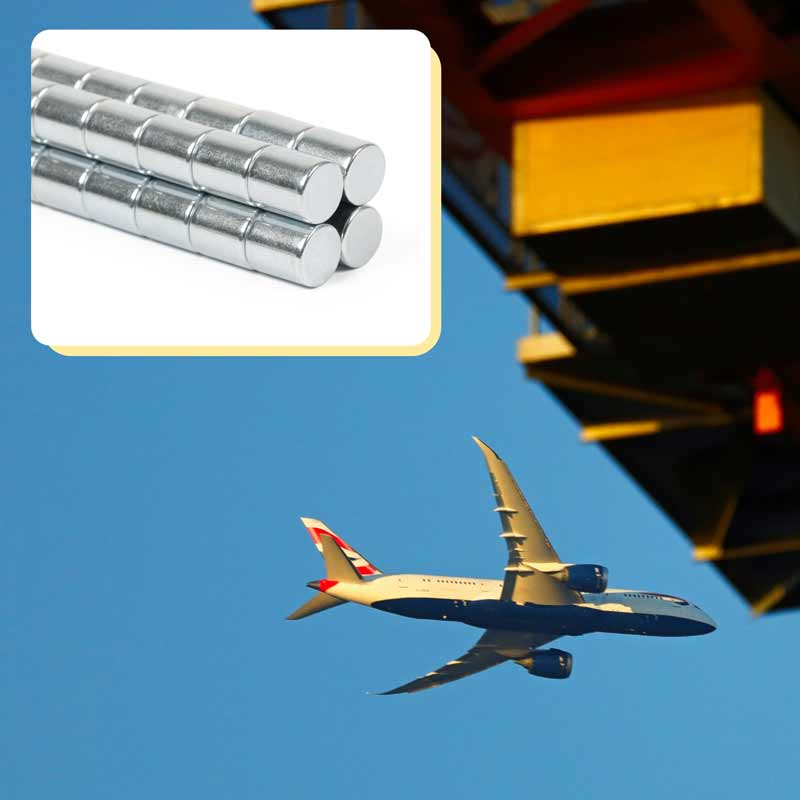
Global supply challenges and HYAB’s role
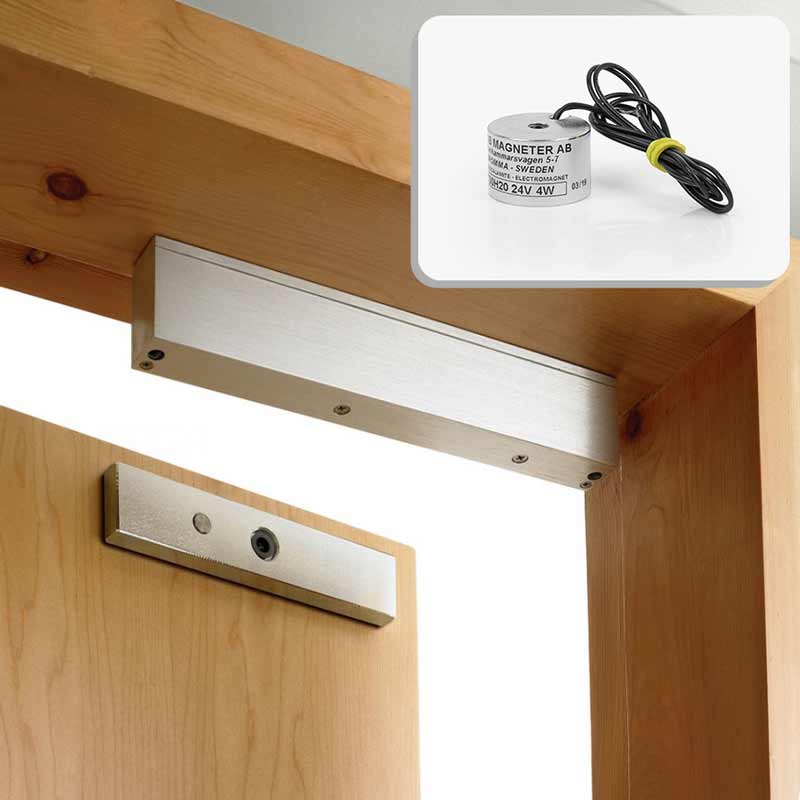
Electromagnets – a more controllable magnet
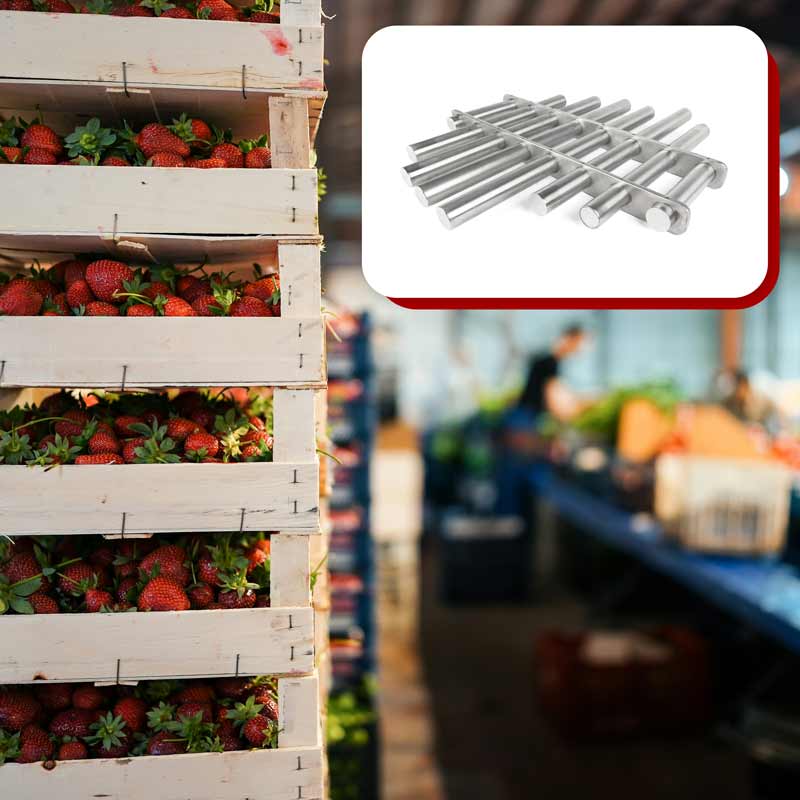
Magnetic filtration in the process industry
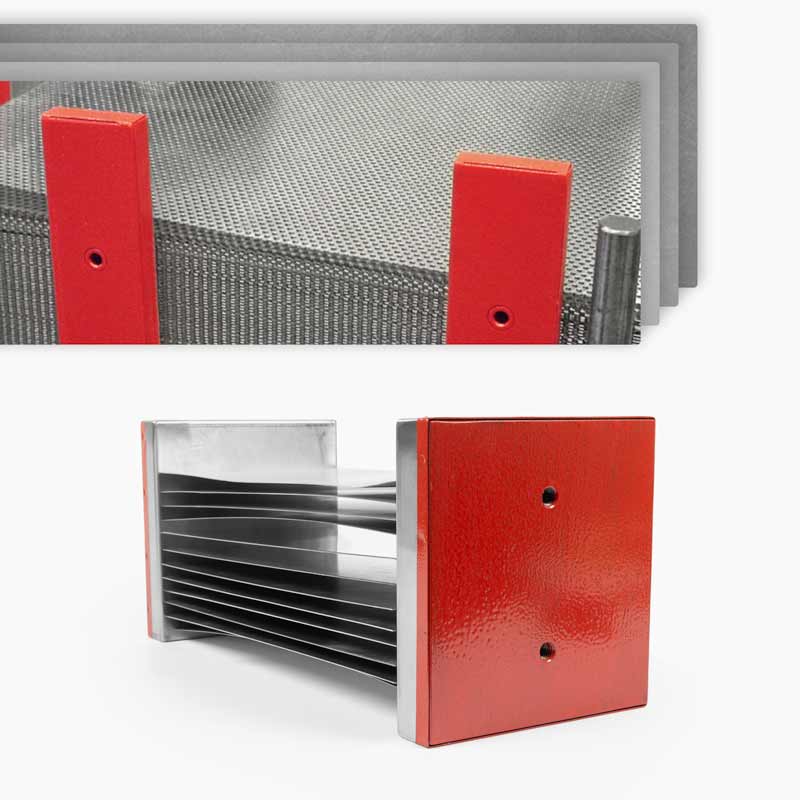
Sheet metal handling – Easier with magnets

Published: 2025-04-15
![]() Daniel Gårdefelt
Daniel Gårdefelt
China halts exports of rare earth metals
Over the weekend, news broke that China has halted the export of certain rare earth metals, pending the introduction of new regulations in respon...
Show more >
Published: 2023-03-16
![]() Daniel Gårdefelt
Daniel Gårdefelt
Magnets in elevators
Elevators have become a part of our daily life, making it easy for us to move between floors and buildings. Magnetic materials are essential to t...
Show more >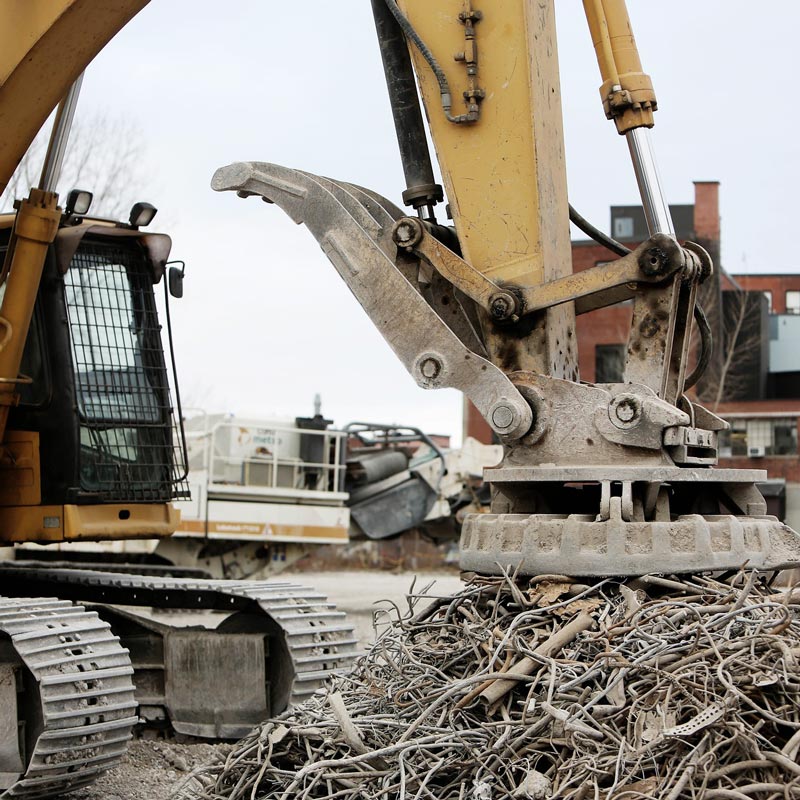
Published: 2023-03-02
![]() Daniel Gårdefelt
Daniel Gårdefelt
Magnets use in recycling and waste management
Magnets are playing a more and bigger part in recycling and waste management, two crucial challenges for our world. There are several ways to use...
Show more >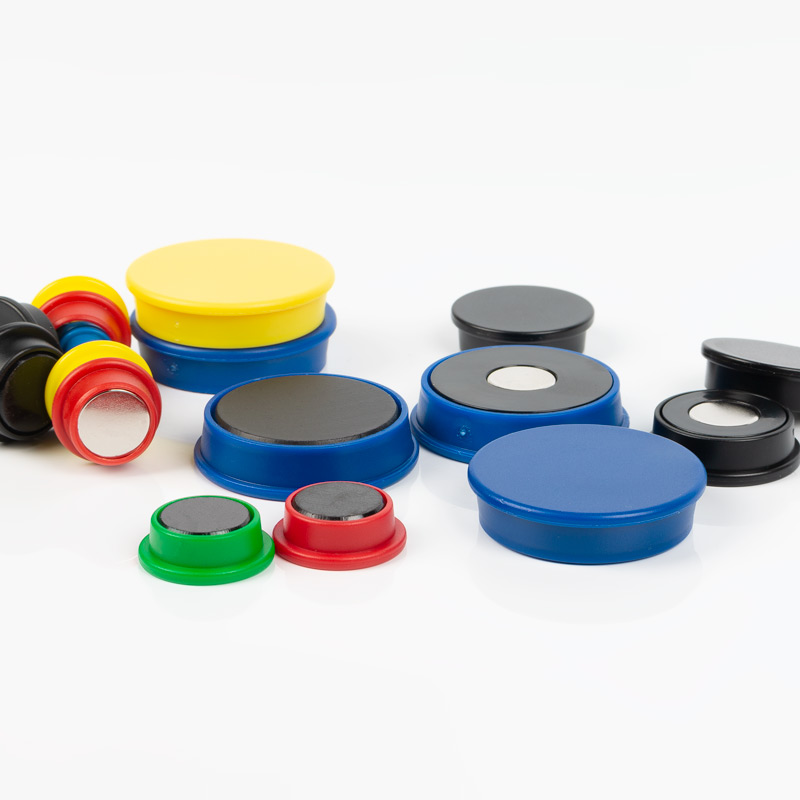
Published: 2023-01-10
![]() Daniel Gårdefelt
Daniel Gårdefelt
New serie of refrigerator magnets
Are you looking for a way to spruce up your refrigerator? Look no further, we have added our latest series of refrigerator magnets to the website...
Show more >
Published: 2023-01-10
![]() Daniel Gårdefelt
Daniel Gårdefelt
Magnets used to make oxygen
Magnets are used to make all kinds of things, it can even be used to make oxygen. Oxygen is an essential element for human life and plays a vital...
Show more >
